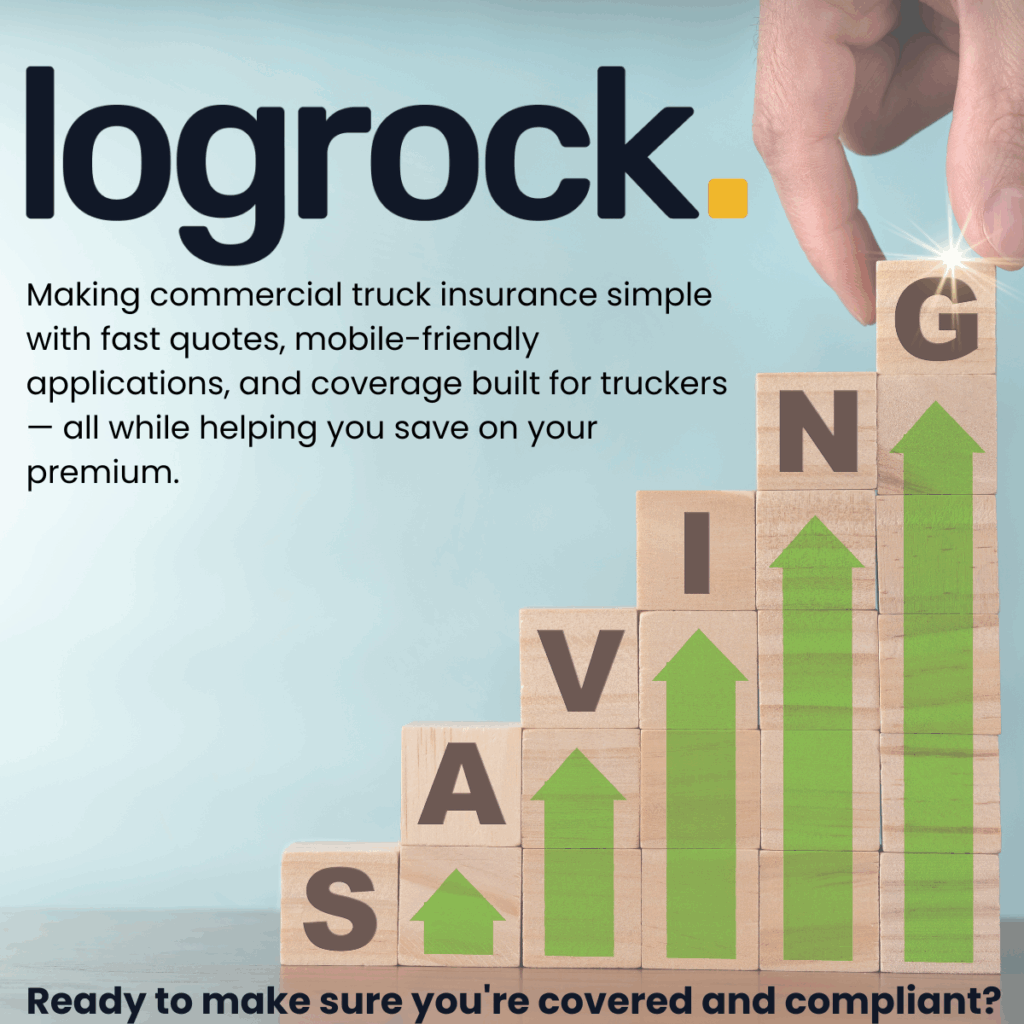CMO at LogRock Inc. | Trucking Insurance Expert
…Just a guy obsessed with making trucking insurance easier.
My road to trucking insurance is a path slightly unusual. Let’s put it this way, I never dreamed of growing up to become a truck insurance agent as a kid. I didn’t have any family in insurance and no one ever suggested I get into the field but eventually I managed to stumble into this career and I’m very grateful that I did.
Out of college, I went to work for Verizon Wireless. That’s where I really first came to learn about the transportation industry. At the time, Verizon was heavily investing in fleet management devices, like ELD’s, many of which were acquired and consolidated into what is now Verizon Connect. I worked in business sales and got to know quite a few trucking companies. Selling ELD’s prior to the mandate was a tough gig but the experience I gained there still serves me today.
I left Verizon and ended up in a freight brokerage, which was about the most demanding thing I had ever done. I learned a lot from some great mentors and really came to understand the business side of trucking. Needless to say, transportation is a beast!
The freight brokerage was great but a friend of mine that had gotten into insurance was nudging me to come work with him at an agency he was starting. I had zero interest in insurance but I loved the idea of helping start something new. We started off selling homeowners and personal auto policies, which was okay but I was left feeling unsatisfied. About four months into the job, I had a customer that needed help insuring their dump truck business. After wrapping up that deal, it took me about 60 seconds to decide I was never writing personal insurance again.
It was like getting struck by lightning. I will never forget the day I realized the potential within this industry. I continued working at my friend’s agency for a couple of years before venturing out to start my own agency. I wanted to focus 100% on trucking and figure out how to connect and automate as much as possible. The way this industry conducts business is simply archaic, and that is a massive opportunity to innovate.
Shortly after starting my agency is when I almost went broke. It turns out that starting a business with no clients, means you have no income! Out of shear luck and starting a Youtube channel to educate people on trucking insurance, the agency exploded with new business. Within six months I went from almost losing my house to hiring two agents and then expanding to a staff of five within the first year. As we grew, I kept trying to find ways to automate everything from quoting to endorsements and renewals. I wanted everything to be as easy as possible for our customers and our employees. I am not a software engineer but I am fairly technical. My skills could only take me so far however, so I attempted to put a team together to develop software for our business. This was a disaster. I wasn’t a very good project manager and we kept having to start over, which was very frustrating and costly.
At about that time I met Hunter Yaw, cofounder of Logrock, who happened to have an amazing team of software engineers, and whom wanted to transition into the insurance business. One thing led to another and I decided to merge my agency with LogRock. It has been the best decision I have ever made! Since then we have been working nonstop on some pretty amazing tech. Logrock has grown incredibly fast and we are really putting a dent in the truck insurance universe, which has been long overdue for an industry overhaul.
Tired of not having coverage that works for you? Let Logrock help you create a coverage plan that works specifically for you.

